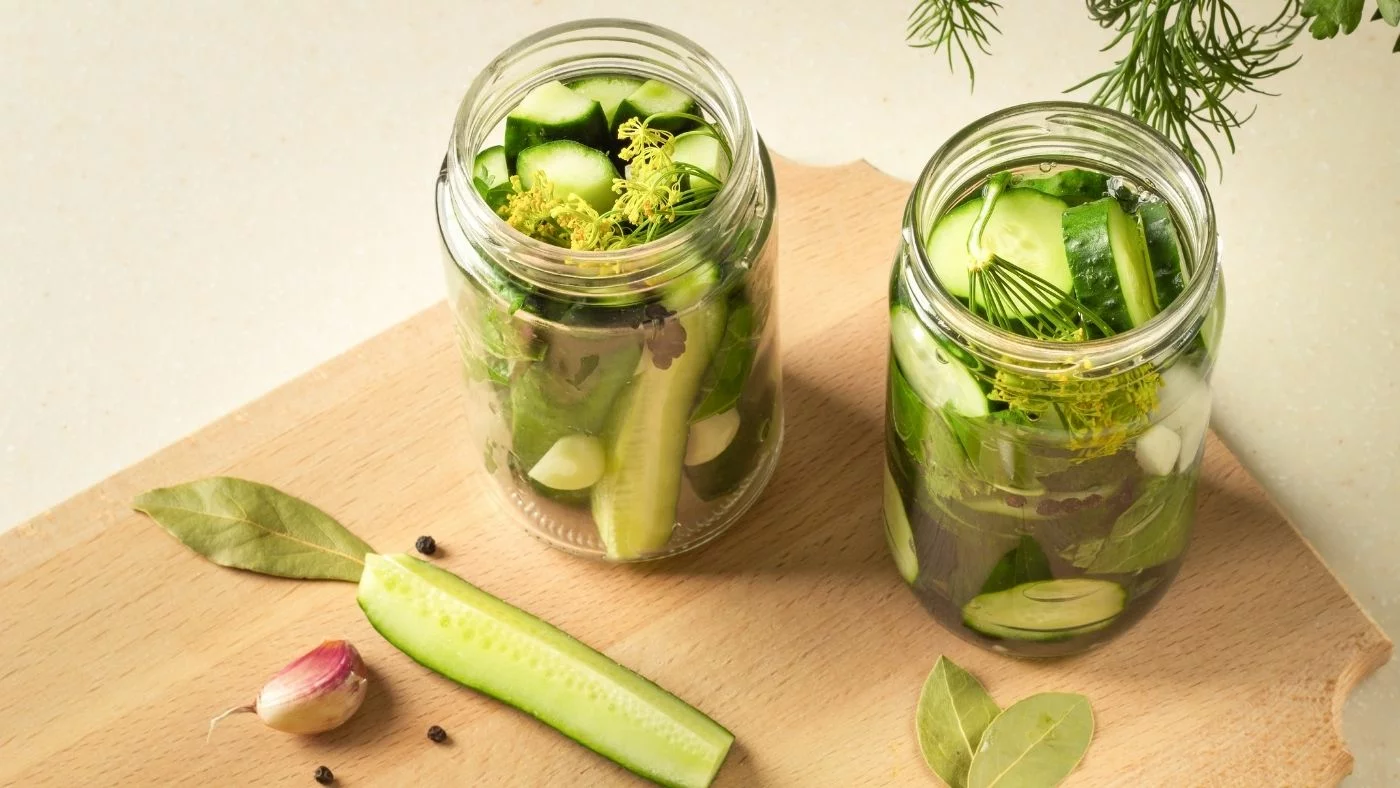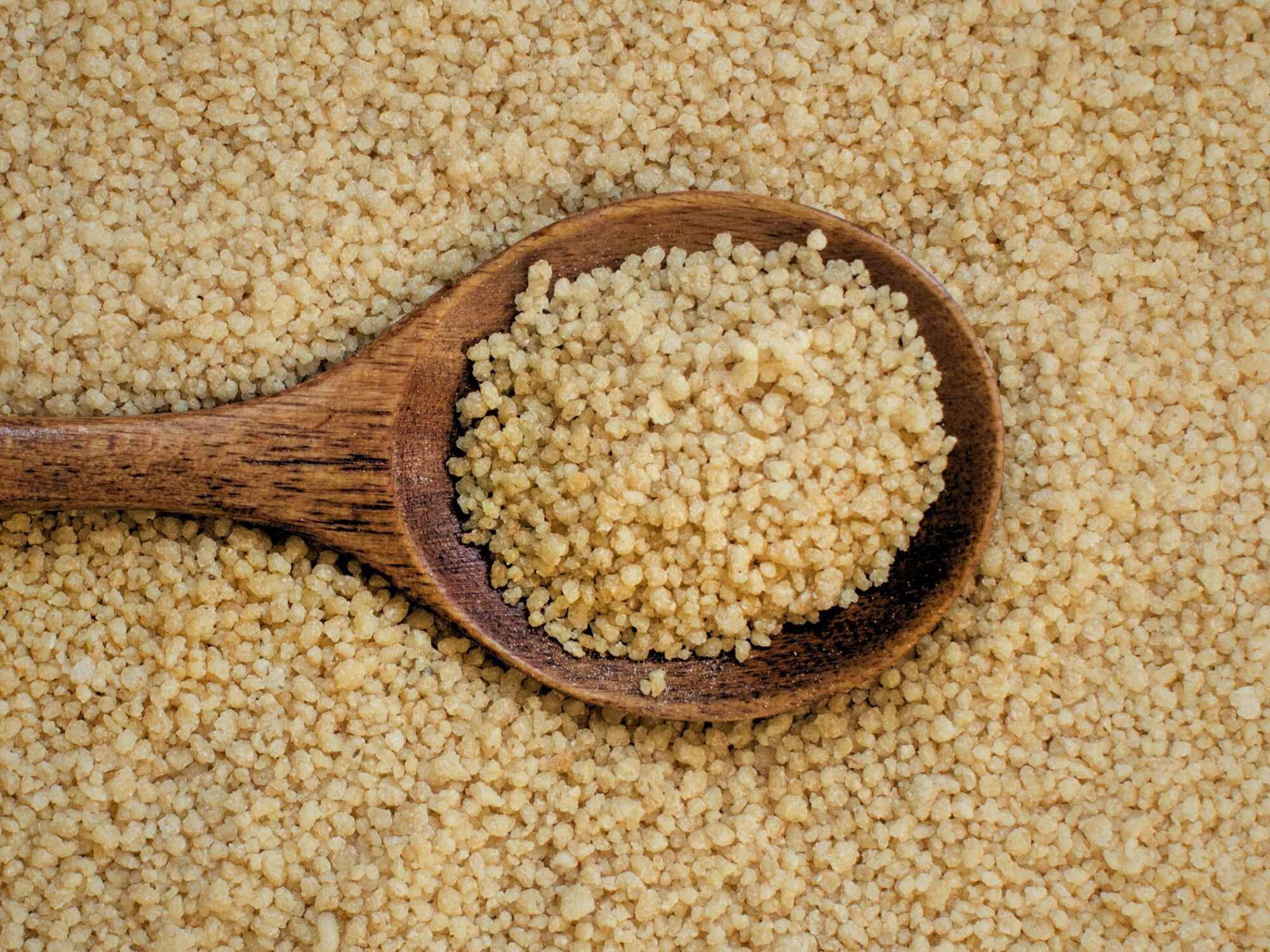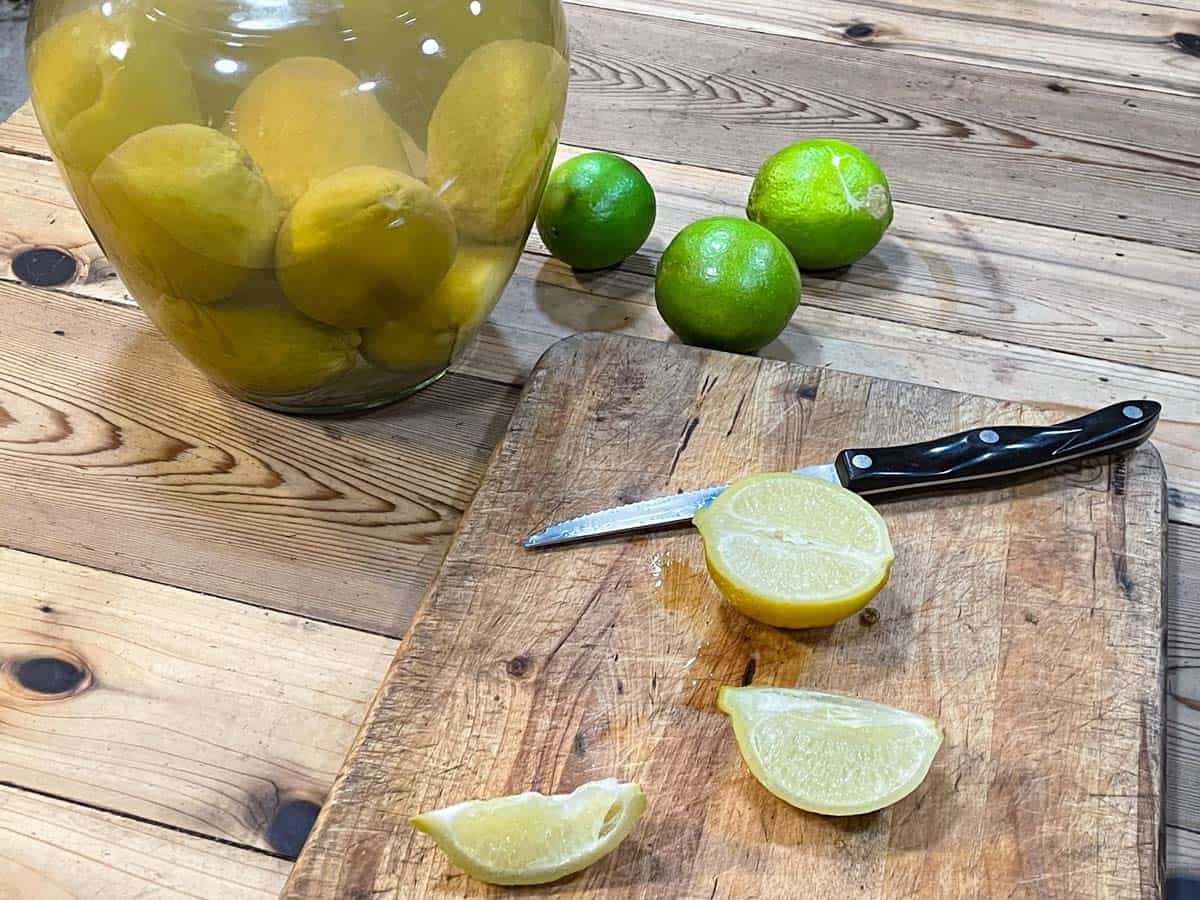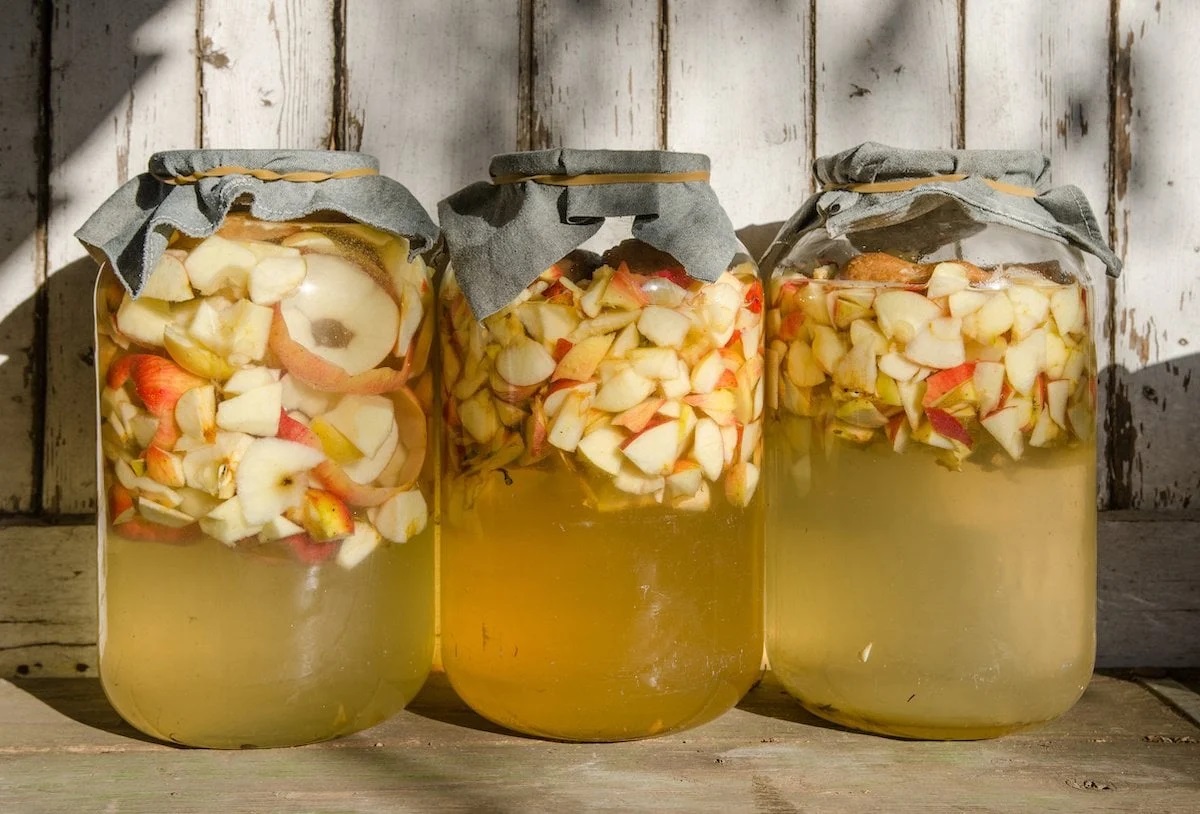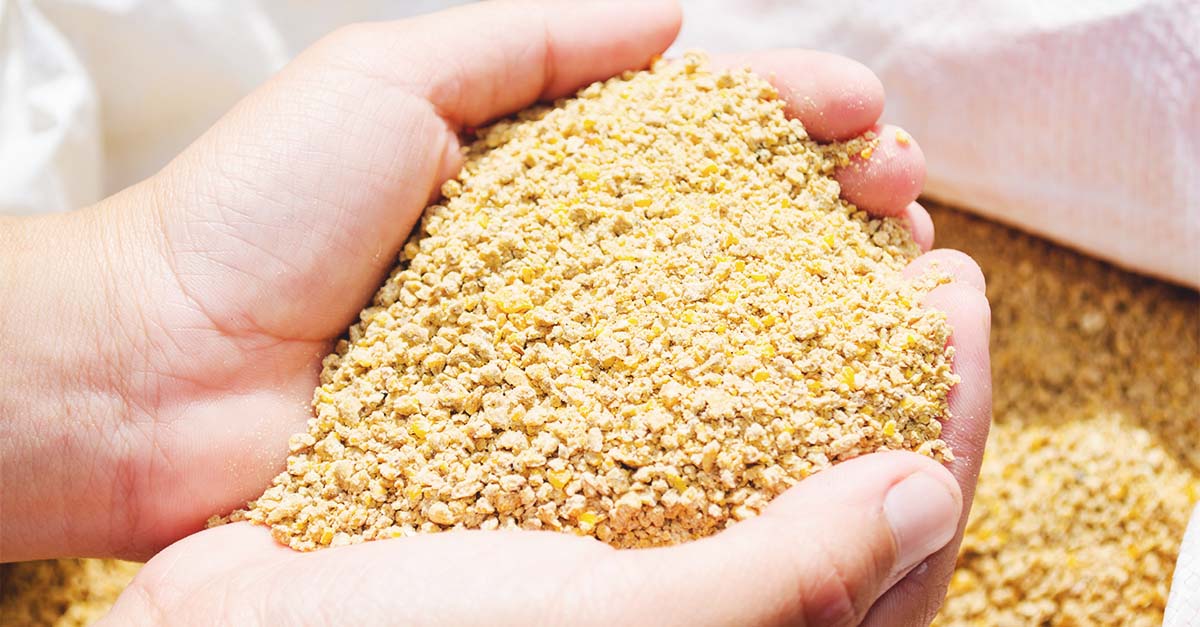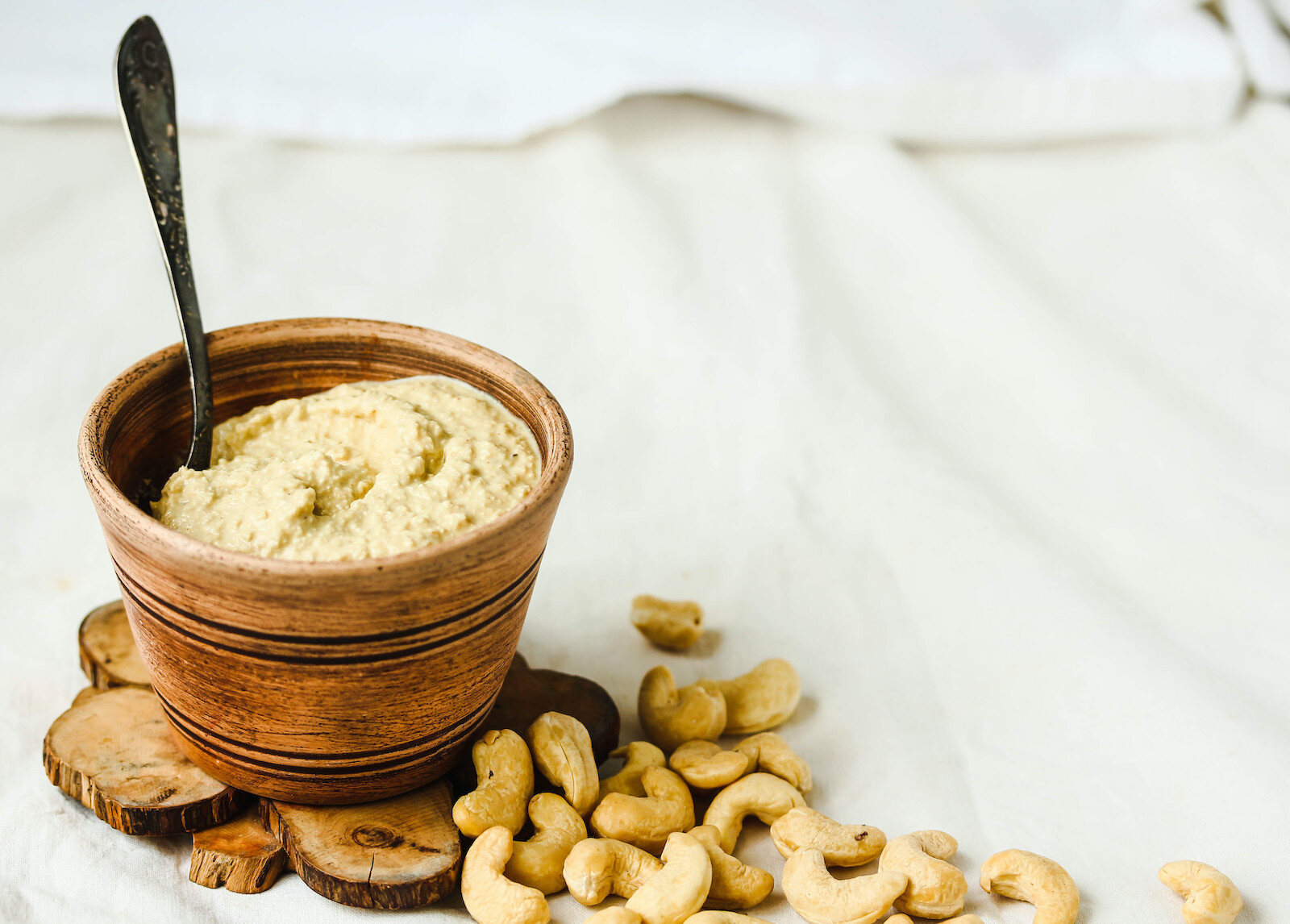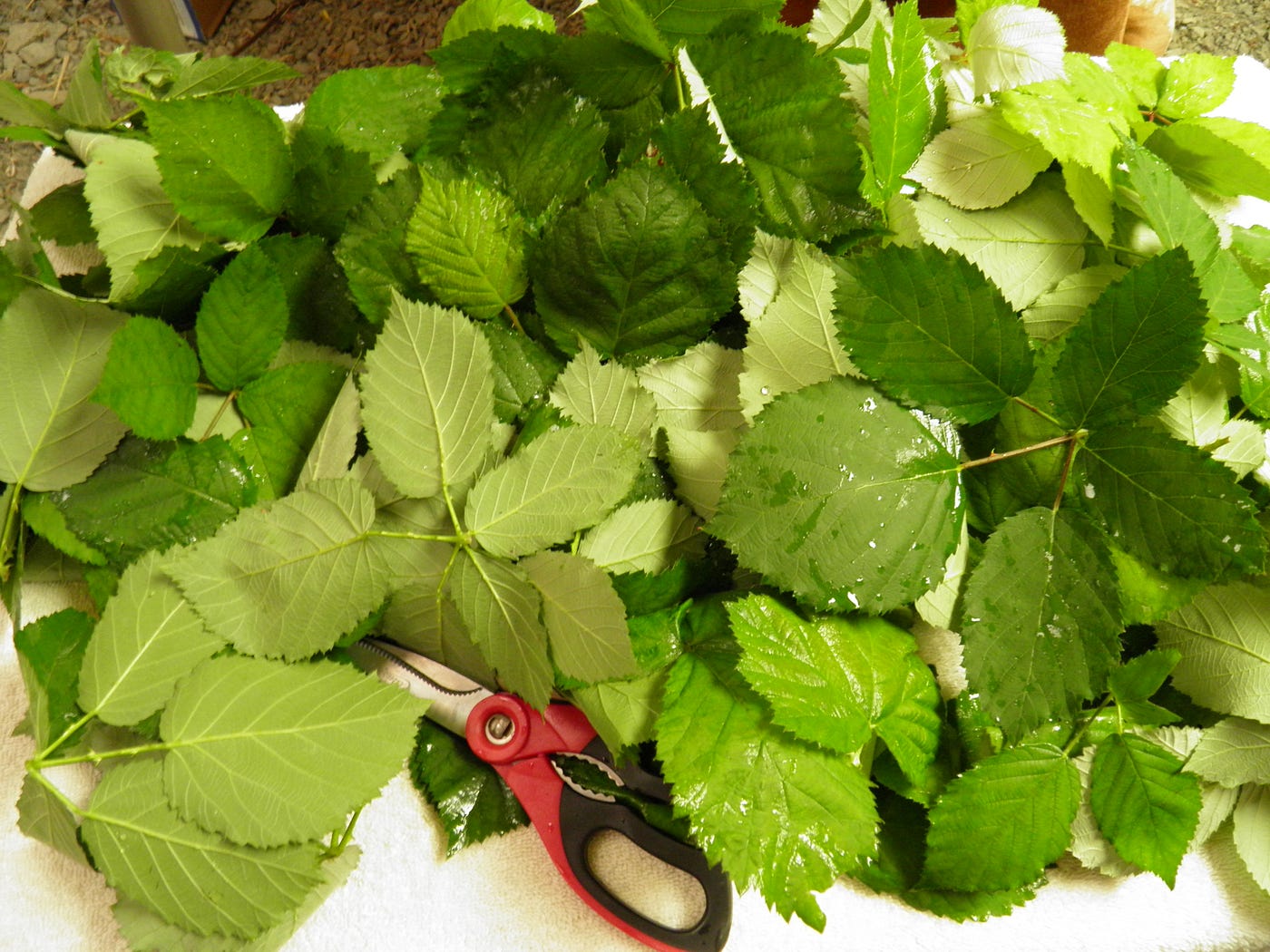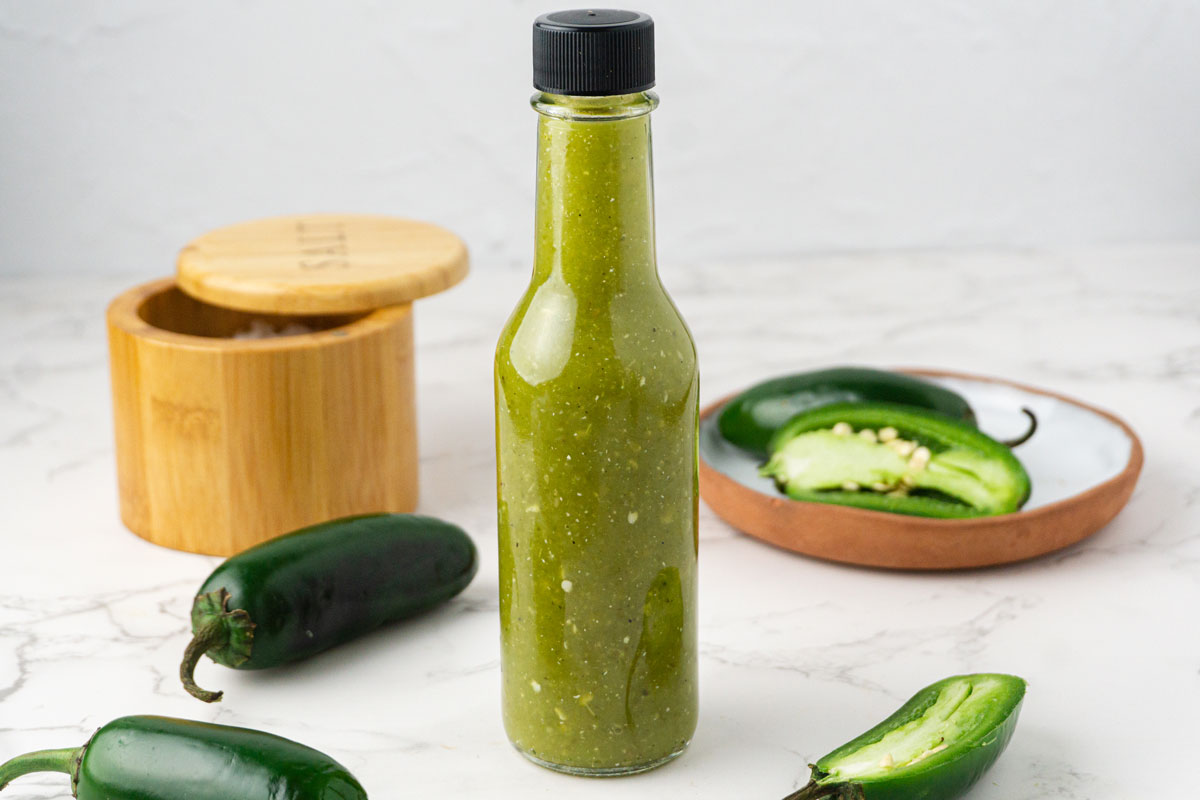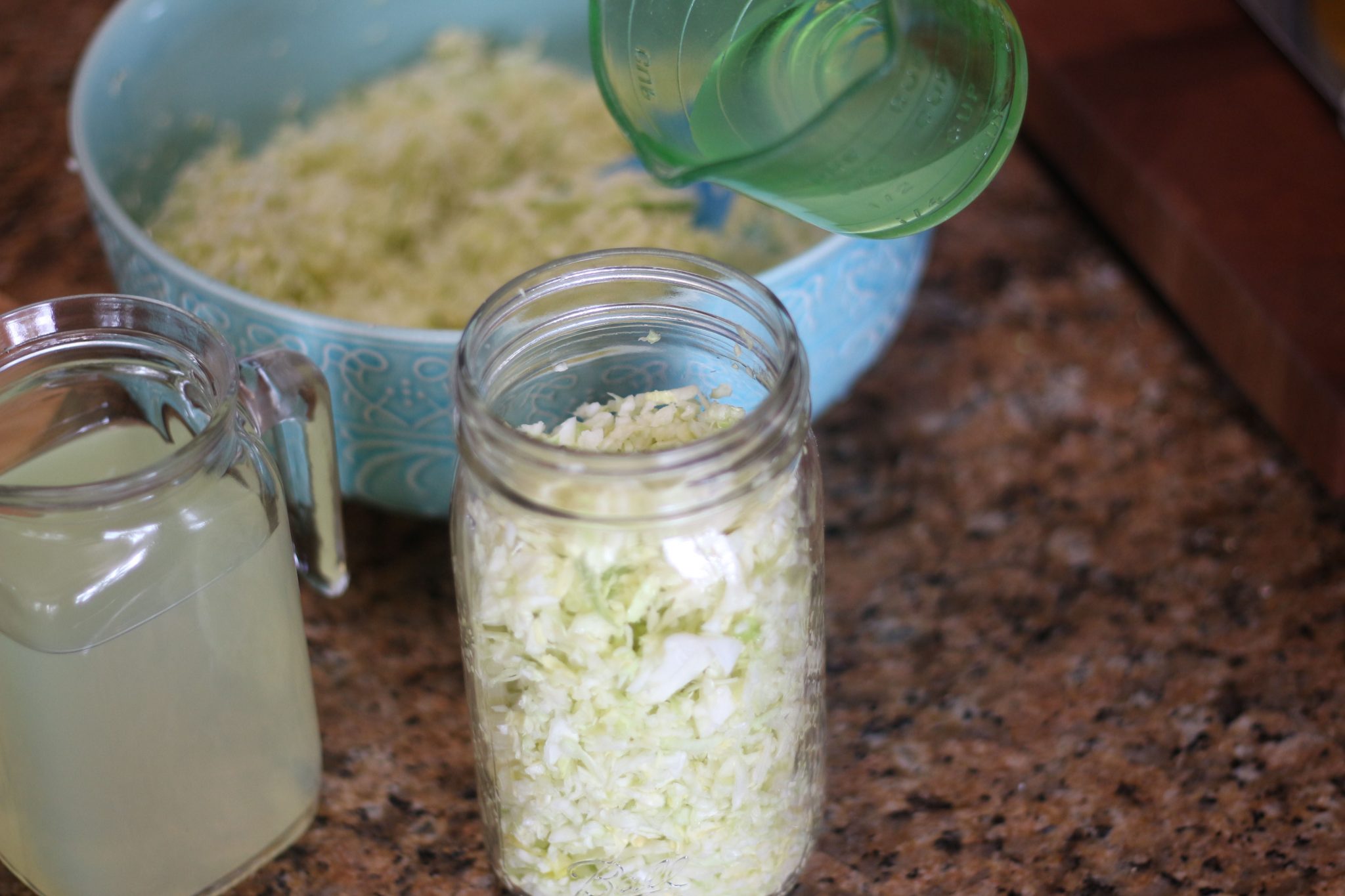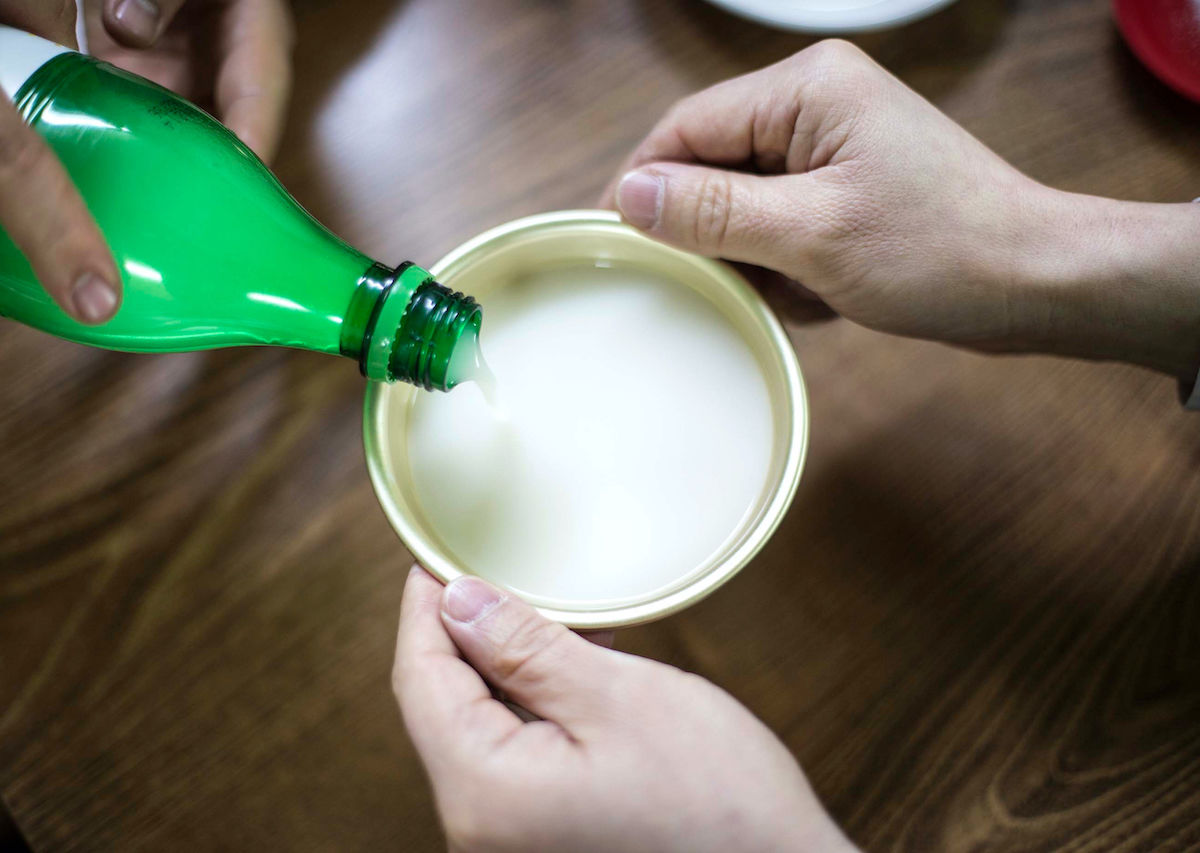Unlocking the Art of Fermenting Soy Sauce
Welcome to the world of fermentation! Today, we’re diving into the fascinating process of fermenting soy sauce. This ancient tradition has been passed down through generations, resulting in the rich, complex flavors that we all love. If you’re ready to embark on a culinary adventure, let’s explore the step-by-step guide to fermenting your own soy sauce at home.
Understanding the Basics of Soy Sauce Fermentation
Before we jump into the nitty-gritty details, it’s essential to understand the fundamentals of soy sauce fermentation. Soy sauce is made through the fermentation of soybeans and wheat, combined with a specific type of mold known as koji and brine. This magical combination undergoes a natural fermentation process, resulting in the savory, umami-packed condiment that we all know and love.
Gathering Your Ingredients
First things first, let’s gather the essential ingredients for fermenting soy sauce:
- Organic soybeans
- Wheat
- Koji mold spores
- Sea salt
- Filtered water
It’s crucial to use high-quality, organic ingredients to ensure the best possible flavor and fermentation results.
The Fermentation Process
Now, let’s walk through the step-by-step process of fermenting soy sauce:
- Steaming the soybeans and wheat: Start by steaming the soybeans and wheat until they are soft and fully cooked. This step helps to break down the starches and proteins in the soybeans and wheat, making them more accessible for the fermentation process.
- Adding the koji mold: Once the soybeans and wheat have cooled to room temperature, sprinkle the koji mold spores over the mixture. The koji mold plays a crucial role in breaking down the carbohydrates into sugars, which are essential for the fermentation process.
- Creating the brine: In a separate container, dissolve sea salt in filtered water to create a brine solution. The brine will provide the necessary environment for the fermentation process to take place.
- Combining the ingredients: Mix the steamed soybeans and wheat with the koji mold and brine solution in a fermentation vessel. Ensure that the mixture is well-combined and evenly distributed.
- Allowing the fermentation: Cover the fermentation vessel with a breathable cloth to allow air circulation while preventing contaminants from entering. Place the vessel in a cool, dark area and allow the mixture to ferment for several months, typically around 6 to 12 months.
- Monitoring the fermentation: Throughout the fermentation process, it’s essential to monitor the soy sauce mixture, checking for any signs of mold or off-putting odors. Skim off any surface mold that may develop and ensure that the fermentation vessel is kept in a stable environment.
- Straining and bottling: Once the fermentation period is complete, strain the soy sauce mixture to remove any solids, resulting in a smooth, liquid soy sauce. Transfer the soy sauce to sterilized bottles or jars for storage.
Enjoying Your Homemade Soy Sauce
Congratulations, you’ve successfully fermented your own soy sauce! Now comes the best part – enjoying the fruits of your labor. Use your homemade soy sauce to elevate your favorite dishes, from stir-fries to marinades and dipping sauces. The depth of flavor and satisfaction that comes from using your own homemade soy sauce is truly unbeatable.
So, there you have it – a comprehensive guide to fermenting soy sauce at home. Embrace the ancient art of fermentation and savor the unique, umami-rich flavors of your very own homemade soy sauce.
Was this page helpful?
Read Next: How To Ferment Collard Greens Recipe
